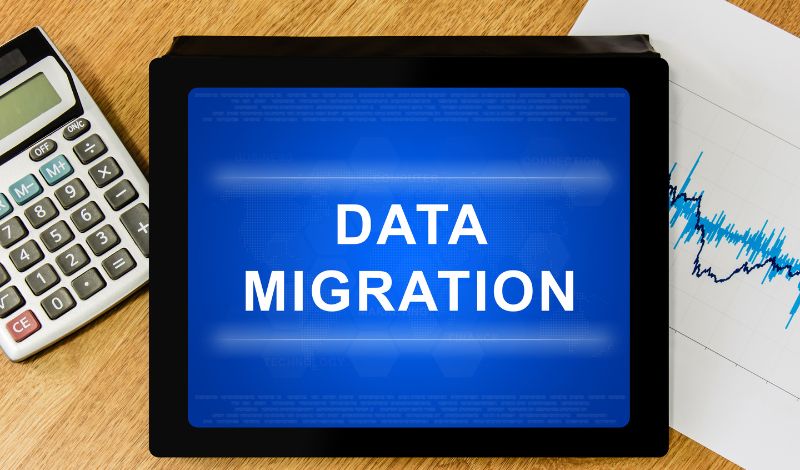Data Migration Types and Technology
Data is very important for every business; it is the backbone of the organization that depends on running the business operations and making smart decisions. Data migration is needed to transfer data from the old system to the new system to improve the performance, speed, and security of the business. With the reliable data migration using best practices, businesses can choose the latest technologies to keep the data safe and secure and easily accessible. In this guide, we will explore what data migration is, the data migration procedure, and data migration best practices. Define Data Migration Data migration definition is moving data from one system to another system. Data migration needs proper planning, testing, and monitoring, unlike the copy paste the files and data. The best data migration system ensures that the data remains accurate, complete, and usable in the new place. Without a proper procedure, there are many risks of losing important information. Many professionals are mostly assisted in data migration projects ensuring data integrity during transition. Why is Data Migration Important? Data migration is very important it allows businesses to keep their data safe and secure and easily accessible. Without data migration, companies would lose important customer records. With the help of software data migration, you can migrate the customer records, financial data, and employee details to a new application without disruption. Data migration also improves the performance of the business. Many businesses choose cloud migration, which is a type of migration in technology, to access data anytime, anywhere. Types of Migration in Technology Different types of migration in technology have different uses and challenges: Storage Migration Storage migration is the process of moving data from one storage system to another system. For example, a business may move the data from local hard drives to a fast and quick cloud storage system. It increases the speed, security and performance of the business operations. Database Migration In a database migration system, businesses can transfer data between multiple databases. For example, a company may transfer the data from Microsoft SQL to PostgreSQL to help the businesses. Application or Software Data Migration Without proper software data migration business can lose the customer information. For example, you can move customer data from one CRM software to another software system that the business can switch to with new applications. Cloud Migration Cloud migration is the best migration system that businesses use to move the applications, workloads and data from one cloud platform to another. In this migration offer the is better accessibility. ITSM Migration ITSM migration refers to moving data between IT Service Management tools. For example, when a company changes its helpdesk or IT support software. This ensures tickets, customer issues, and support data are not lost. Cubixsol Best Data Migration Solutions At Cubixsol, we understand that data migration can be complex and risky without the right planning and tools. Our team provides professional data migration solutions that ensure smooth transitions, whether it’s software data migration, cloud migration, or ITSM migration. We follow proven data migration best practices to make sure your information remains accurate, secure, and accessible during and after migration. With expertise in modern data migration systems, Cubixsol helps businesses upgrade their technology confidently while protecting valuable data. Our goal is to make migrations seamless, reduce downtime, and give organizations the freedom to focus on growth instead of technical risks. Conclusion To conclude, data migration is a process that every organization eventually faces. Whether it’s software data migration, ITSM migration, or cloud migration, the goal is always the same—move data safely and make sure it works in the new environment. A well-planned data migration procedure, supported by the right data migration system, allows businesses to upgrade technology without risks. Following data migration best practices ensures data integrity, security, and efficiency. Related Blog: What Is Data Migration and Why Does It Matter for Small Businesses?
Continue Reading
